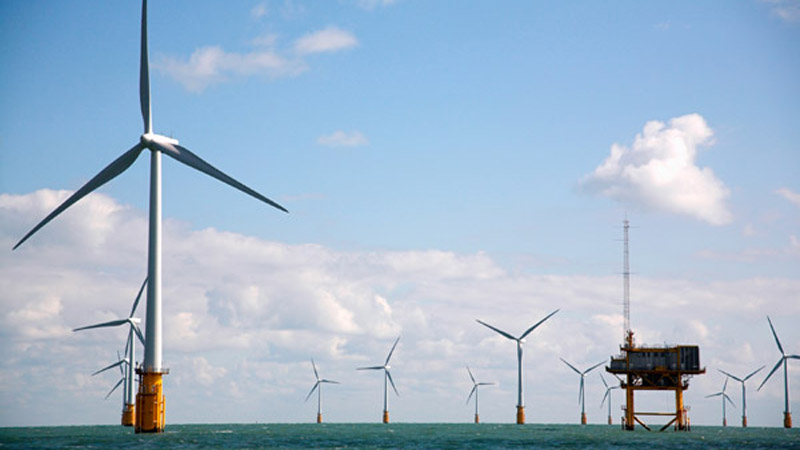Offshore wind power deployment got a boost on Monday as 10 northern European countries agreed to cooperate on infrastructure and regulations.
Energy ministers from Germany, Netherlands, Luxembourg, Norway, Sweden, France, Denmark, Ireland, Belgium and the UK inked the memorandum of understanding.
With the right policies in place, industry chiefs said they were confident the technology could compete on cost with new conventional generation within a decade.
In an open letter, heads of 11 companies including RWE, Vattenfall and Statoil forecast they could bring costs down to €80/MWh by 2025.
Offshore wind cost reduction statement
Offshore wind is a relatively expensive form of renewable power generation, with currents and saltwater making for tough conditions to build and run turbines in.
On the other hand, offshore arrays can be built at greater scale and harness stronger winds than those on land. The world’s largest, the London Array, has a maximum capacity of 630MW.
They are “indispensable” for the EU to meet its target of slashing greenhouse gas emissions 80-95% by 2050, the ministers said.
They committed to harmonise rules, share data and improve coordination on the grid infrastructure needed to deliver offshore power to consumers.
Giles Dickson, CEO of WindEurope, said in a statement: “It’s a good combination of top-down and bottom-up: top-down political commitment to take bottom-up practical action to reduce costs and facilitate the deployment of offshore wind…
“It’s a clear statement of intent that gives confidence to the offshore wind industry and will help drive further investments.”
